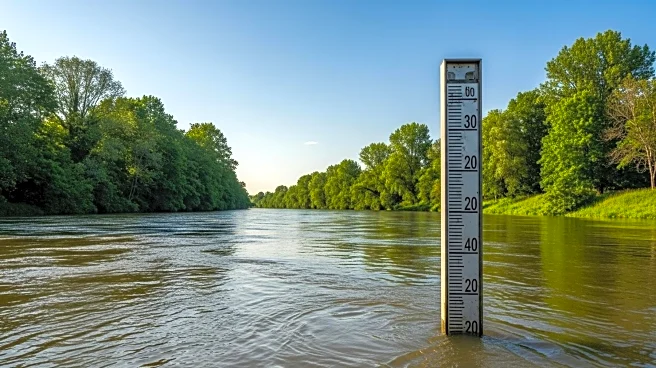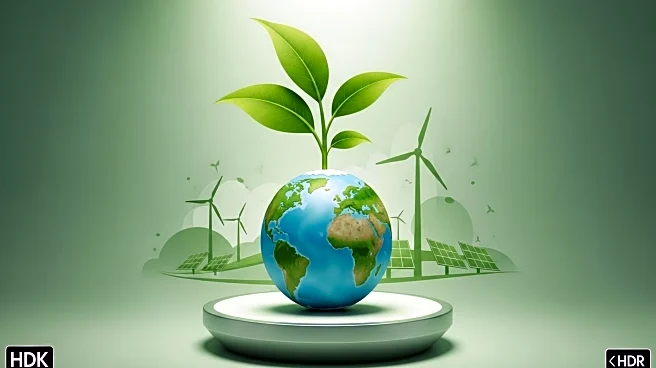What's Happening?
The World Meteorological Organization (WMO) is involved in efforts to improve flood risk predictions under climate change conditions. Researchers from the Institute of Industrial Science at The University of Tokyo have developed a new statistical method that enhances the accuracy of flood risk projections across approximately 70% of the Earth's landmass. This method involves expanding the statistical sample size of available climate scenarios by merging parts of future scenarios with similar warming levels but different socioeconomic pathways. The study, published in Scientific Reports, highlights that flood risk changes are broadly similar across different socioeconomic scenarios when the same level of global warming is considered. This approach allows for more accurate evaluations of future flood risks, particularly benefiting regions like the Mississippi River in the USA and areas from China to Southeast Asia.
Why It's Important?
Accurate flood risk predictions are crucial for effective adaptation and preparedness strategies in the face of climate change. The new method developed by the researchers provides policymakers with reliable and practical flood risk information, independent of socioeconomic scenarios, based on specific warming levels. This aligns with the climate policy targets set by the Paris Agreement, offering a valuable tool for planning and mitigating the impacts of climate change. By focusing on warming levels rather than time-based predictions, the method provides a more stable basis for decision-making, potentially leading to better resource allocation and infrastructure planning to protect vulnerable populations and critical infrastructure.
What's Next?
The adoption of this method could lead to widespread use in future flood risk assessments, providing actionable information to prepare for climate change effects. Policymakers and planners may increasingly rely on these projections to develop strategies that address the challenges posed by climate change. The method's focus on warming levels rather than time-based predictions may also influence future climate policy discussions and adaptation measures, encouraging a shift towards more flexible and responsive planning frameworks.
Beyond the Headlines
The development of this method highlights the importance of interdisciplinary research in addressing complex global challenges like climate change. By integrating climate science with socioeconomic considerations, the study offers a comprehensive approach to understanding and mitigating flood risks. This could lead to broader applications in other areas of climate impact assessment, fostering collaboration between scientists, policymakers, and communities to build resilience against climate change.











